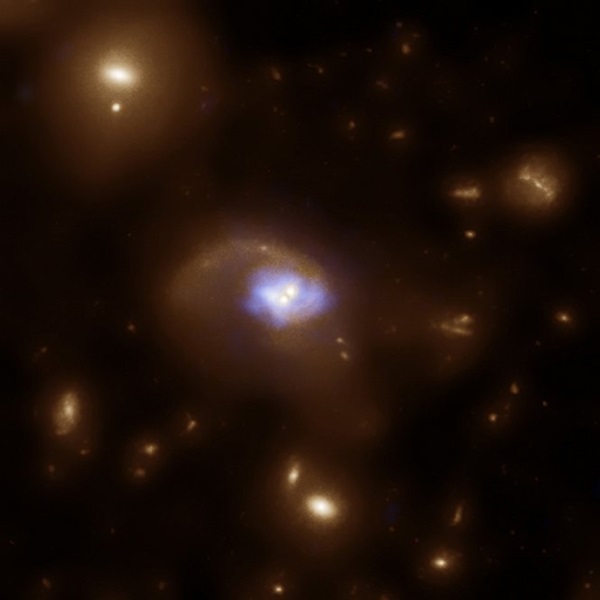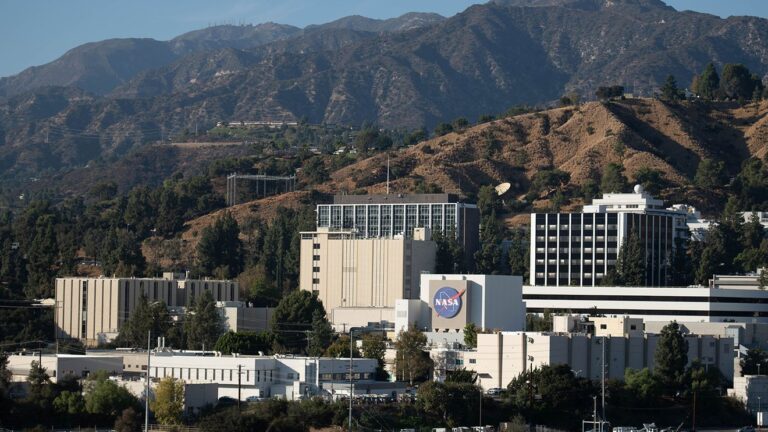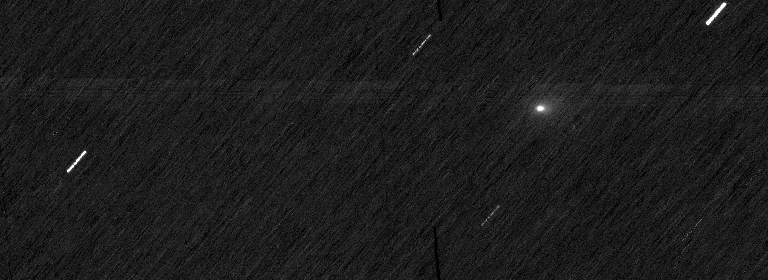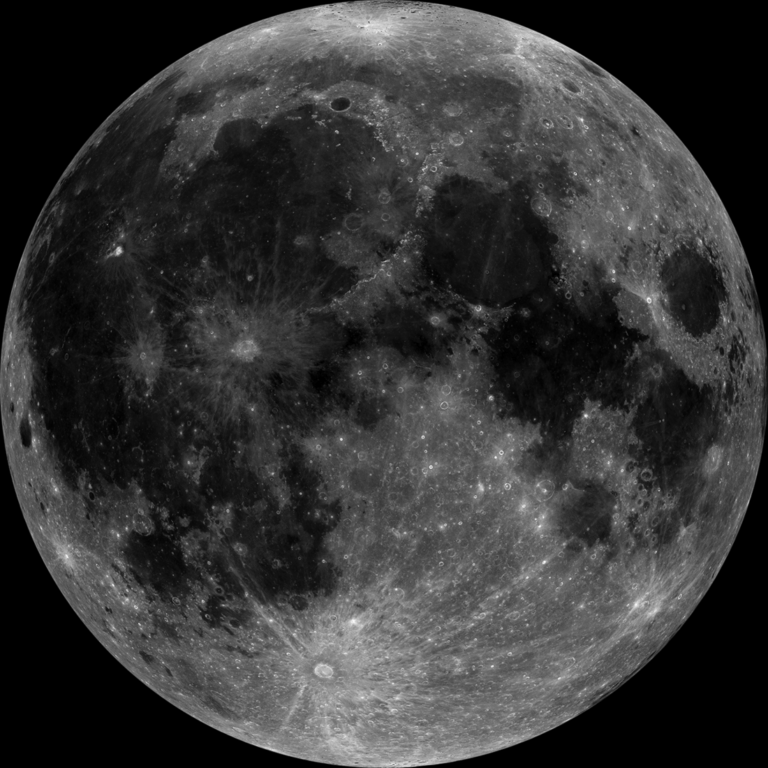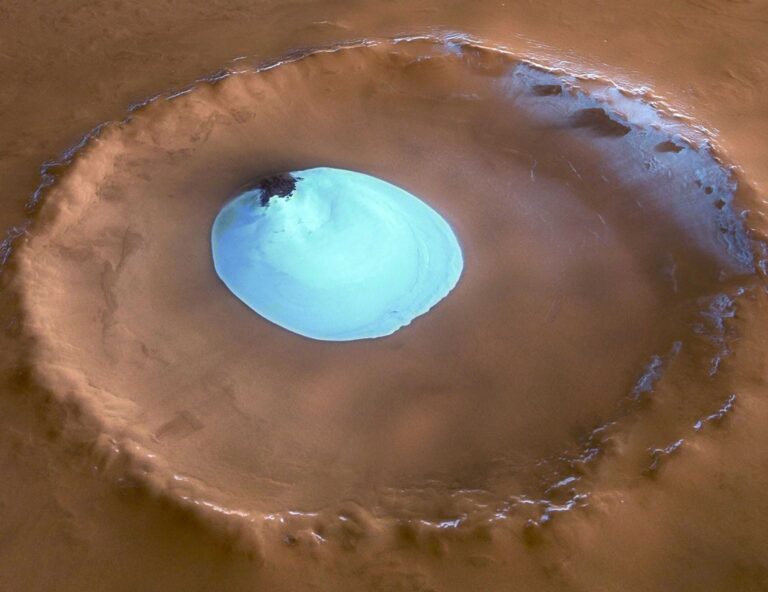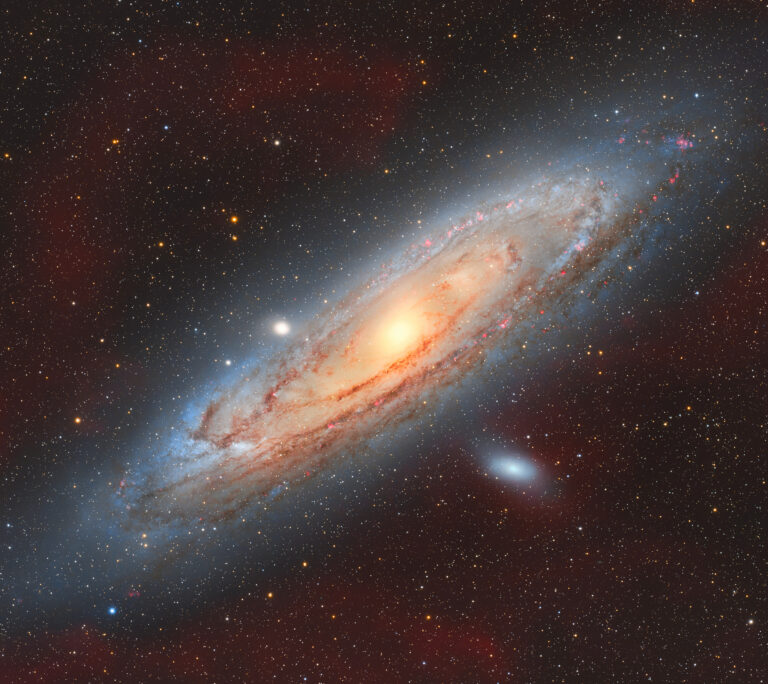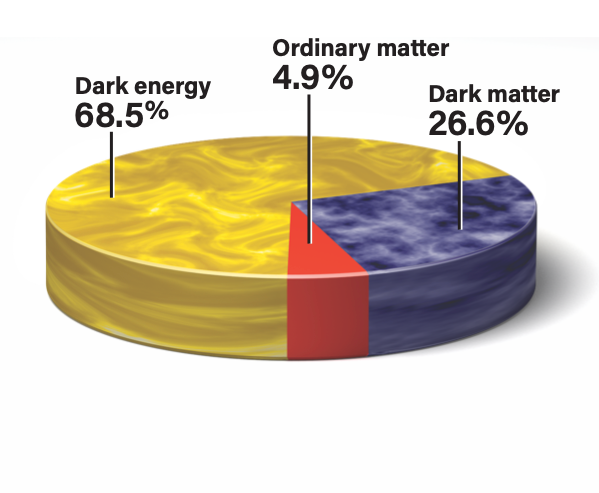Key Takeaways:
- Black holes are described as regions where spacetime's "falling" surpasses the speed of light, preventing even light from escaping.
- White holes are theoretical counterparts to black holes, mathematically predicted by general relativity, where spacetime's "falling" occurs in the opposite direction.
- Both black holes and white holes involve singularities, points of infinite curvature where known laws of physics break down.
- While the Big Bang shares similarities with the theoretical ejection of matter from a white hole singularity, crucial differences exist regarding the universe's overall structure and the absence of a central point in the Big Bang.
But, you thought nothing can move faster than the speed of light? The rule is that nothing can move through space faster than light. According to Albert Einstein’s general theory of relativity, space itself is free to do what it likes.
A white hole is like a black hole, except that the waterfall is “falling” up instead of down. White holes are exact mathematical solutions of general relativity — they are theoretical objects. As far as we know, white holes do not exist in nature, anymore than waterfalls flow uphill.
Ultimately, everything that falls into a black hole ends at a singularity — a place of infinite curvature where space and time as we know them come to an end. A time-reversed version of this — a white hole — would involve matter spontaneously coming into existence and emerging faster than the speed of light from a singularity. While the leading theory of the universe’s creation — the Big Bang — is similar, the universe ends up looking smooth and having no center whereas white holes have centers.
— Andrew Hamilton, University of Colorado, Boulder

